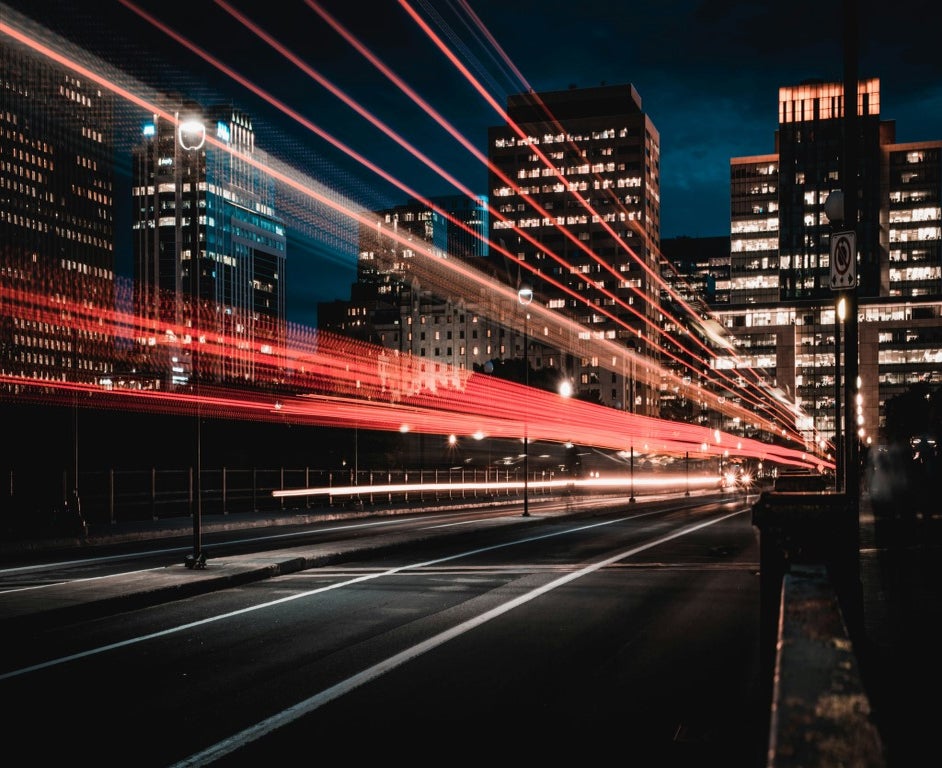
Everything is connected : OOH’s critical role in the rise of smart and sustainable cities
Ecological thinkers use Leonardo Da Vinci’s quote ‘everything connects to everything else’ as a guiding principle in addressing the environmental crisis the world is facing today. By focusing on the partnership between humans and nature, they argue that we must all act now to do our bit to keep within planetary boundaries as the current consumption and economic growth rates are unsustainable.
Re-imagining how we live, work and play within cities is a key part of this transformation, alongside an increased reliance on data and connectivity, whether a mobile phone on a person, a smart meter in the home, an air quality sensor on the street or an energy meter in the workplace. Ofcom estimates these will increase 12-fold in the UK by 2026, and mobile data use alone is growing more than 30% a year.
Cities are racing to implement these types of cutting edge technologies to enhance the lives of citizens and improve efficiencies of public services and this is where Out of Home (OOH) has a critical role to play.
OOH sits at the heart of mobility and by default is designed to be where people are and where people go. Coupled with the proliferation of data-driven Digital OOH (DOOH) and connected devices, enabling consumers to interact and experience everything ‘on-the-go’, the opportunities for the medium to be useful and influence greener choices for citizens are tangible, and scalable.
The future role of OOH is more than the digitisation of inventory. It’s the integration of OOH as part of a broader trend where urban environments leverage technology to create more efficient, engaging and connected spaces. And with the adoption of 5G in the UK enabling seamless communications between IoT devices and smart city infrastructure, plus AI algorithms processing vast streams of data; cities are moving into a new era of intelligence and automation. This means better mobility, better connections, and better experiences for OOH to innovate and integrate.
The rise of smart cities and the expansion of the DOOH marketplace work in tandem. With the increase of real time data from adaptive streetlights, cameras, sensors and devices providing insights into traffic management, energy consumption, air quality, waste management and pedestrian flows and more; programmatic DOOH can provide a platform to empower citizens to make informed decisions. Whether that be to avoid traffic congestion, a polluted zone or find a parking spot. OOH messaging can be designed for long-term wellbeing and meeting people’s needs.
Decarbonising transportation is key in shaping Smart City design. There are currently 1.04m Electric Vehicles ( EVs) in circulation in the UK ( Statistica) and 44k EV chargepoints. The Government has pledged to spend £1.6bn to build a network of 300,000 charging points by 2030 to meet forecasted EV adoption. New legal requirements for chargepoint operators mandate that they provide real-time data about chargepoints so consumers can compare prices and use apps to find their nearest available point. From an OOH media perspective, new networks like JOLT, who combine physical infrastructure, utility and real time consumer data, create an attractive, sustainable OOH partnership opportunity to help brands meet their environmental and social commitments.
Autonomous vehicles are also making headway. As part of the King’s speech to parliament in November last year, new legislation will allow driverless buses, delivery vans and farm machinery to be commonplace by the end of the decade. Supermarkets Asda and Ocado have already been trialling this using a safety driver; under new laws this will not be required. The opportunity to operate lower cost transportation will pull more consumers into car-sharing on demand. Transport fleets offer new touchpoints for brands to reach their audiences, using data to tap into new travel patterns. The rise of apps offering ‘Mobility as a service’ (MaaS) to simplify journey planning and payment, will make travelling more integrated and efficient. In the future, DOOH will be integrated as an informational signpost within this ecosystem, enabling safer, more efficient urban mobility.
Transport advancements are not limited to the roads. Urban Air Mobility Schemes (UAM) such as VoloCity electric vertical take-off and landing aircraft (eVOTL) are set to revolutionise passenger and cargo transportation in congested urban areas, reducing travel times and environmental impact.
OOH innovation is positioned at the heart of this urban mobility revitalisation. From smart city infrastructure to sustainable transportation, the integration of public transportation and advancements in vertical mobility. OOH is interconnected with a wide range of new technologies and systems, reminding us that using the principle of ‘everything connects with everything else’, innovation in OOH will help us move towards a more sustainable future.
Katy Hindley - Group Innovation Director